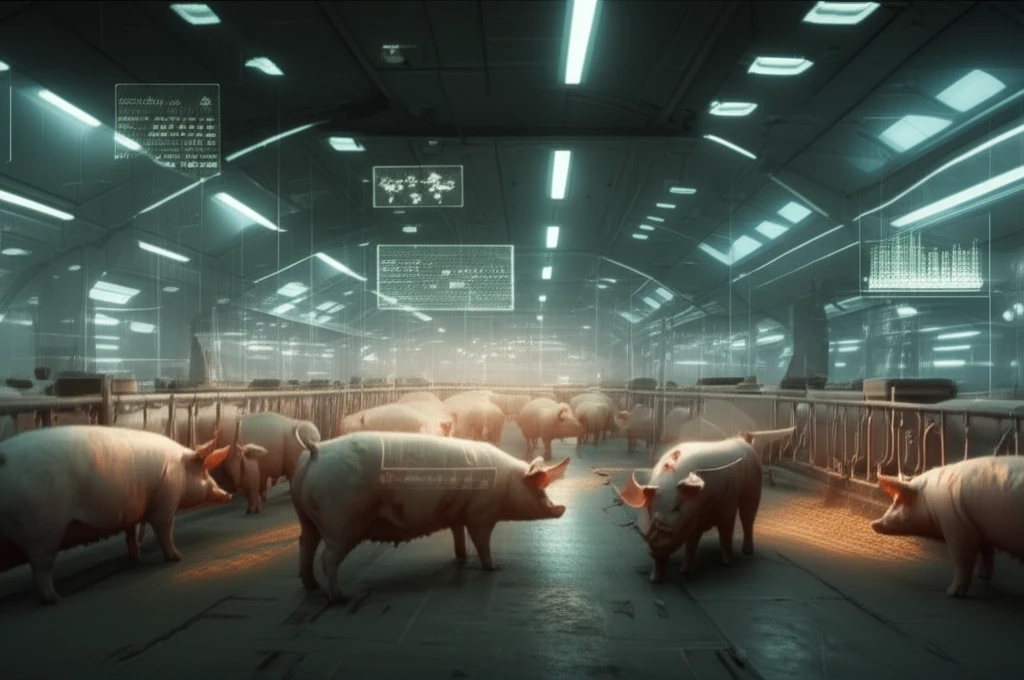
Smarter Swine: Can AI Fix Feeding Fumbles and Boost Your Pork?
"Unlock the secrets to optimized pig farming with AI-powered feeding solutions – ensuring healthier herds and a tastier payoff!"
In the competitive world of pork production, efficiency is everything. Feed costs make up a significant chunk of operational expenses, so optimizing feed intake is critical for maximizing profits. Traditional methods of tracking and managing pig feed can be labor-intensive and prone to errors, leading to inefficiencies and lost revenue. What if technology could change that?
Enter the world of precision livestock farming, where electronic feeder systems collect data on individual pig feeding habits. These systems promise a wealth of information that can be used to improve feed efficiency, but they often come with a catch: missing data. Glitches, malfunctions, and environmental factors can result in incomplete records, making it difficult to accurately assess a pig's nutritional needs.
A recent study published in the Animal Science Journal explores innovative solutions to this challenge. Researchers investigated the use of AI and statistical methods to correct missing feed intake data, aiming to unlock the full potential of electronic feeder systems and drive improvements in pig farming practices. This article breaks down their findings, revealing how AI can help farmers achieve healthier herds, reduce feed waste, and boost their bottom line.
AI to the Rescue: Smoothing Out Feeding Data with Loess

The central challenge addressed by the study is how to deal with missing data from electronic feeder systems. Think of it like trying to bake a cake with a recipe that has some ingredients missing – the final product just won't be quite right. In pig farming, incomplete feed intake data can skew breeding value estimations, hindering efforts to improve feed efficiency through genetics.
- Quadratic Equations: These equations use a parabolic curve to estimate missing data points.
- Orthogonal Polynomial Equations: A more complex polynomial approach designed to fit the data more closely by minimizing error.
- Loess Regression: This non-parametric method fits localized data points, making it highly adaptive and suitable for irregular data patterns.
What This Means for Pig Farmers
This research offers a promising outlook for the future of pig farming. By embracing AI-powered data correction methods like Loess regression, farmers can unlock the full potential of electronic feeder systems, leading to more accurate insights into individual pig feeding habits. This, in turn, paves the way for targeted feeding strategies, optimized growth, and improved feed efficiency. As technology continues to evolve, expect even more innovative solutions to emerge, further transforming the way we raise and care for our livestock.
